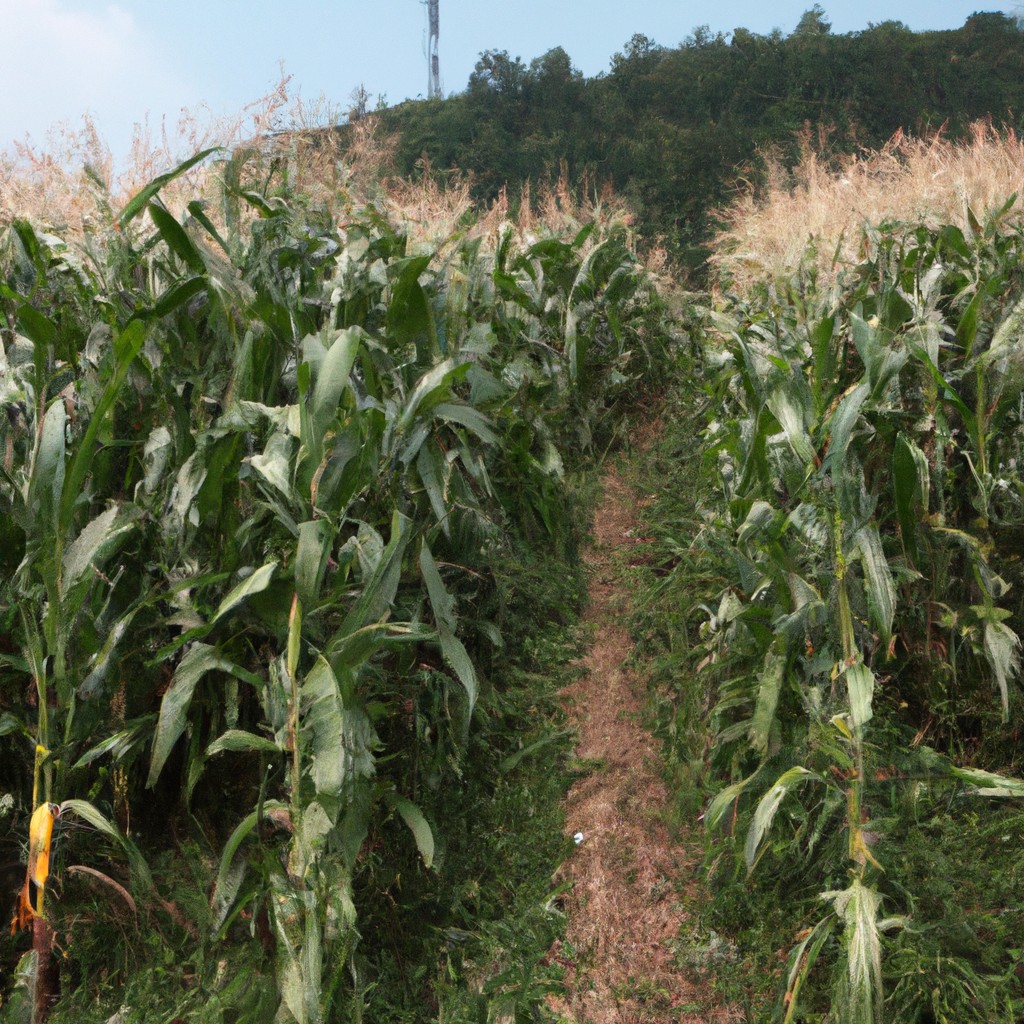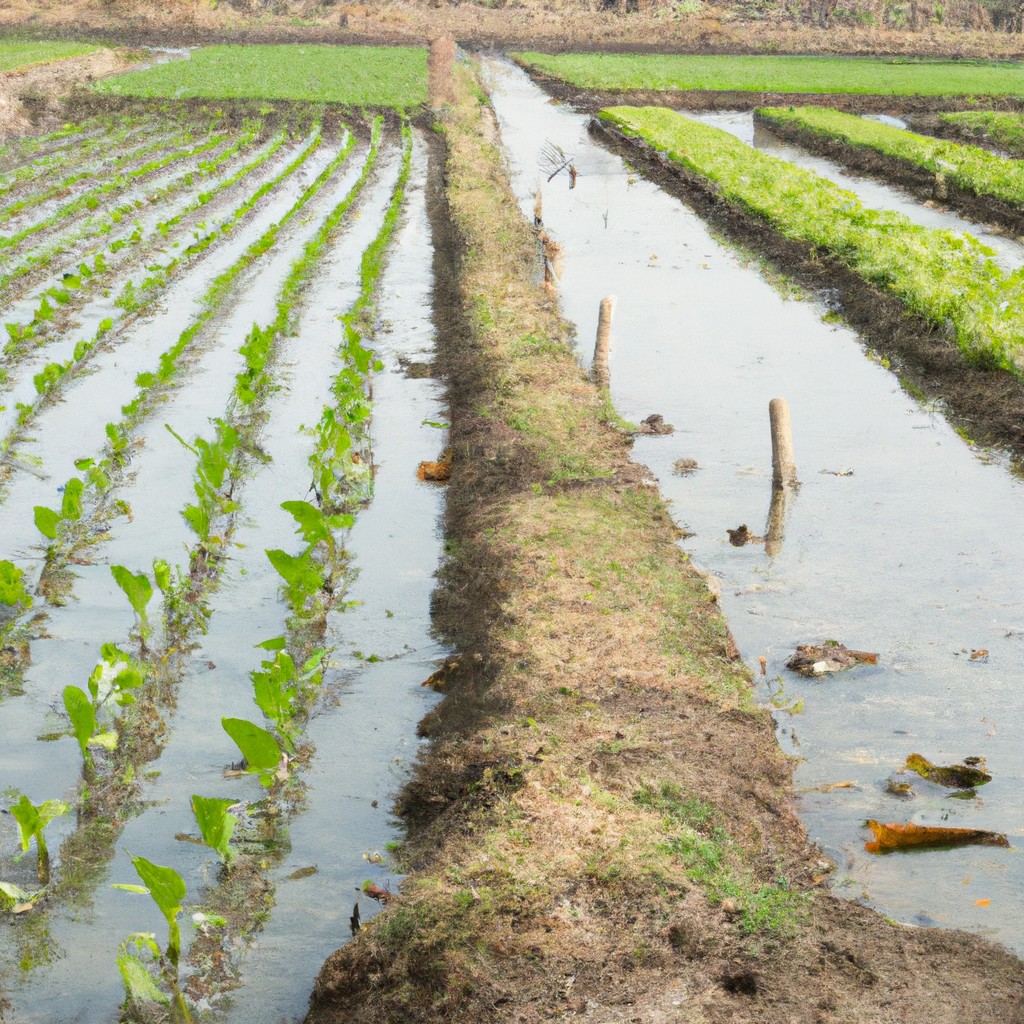Discover the intricacies and innovations in Chinese agriculture, from ancient rice paddies to modern sustainable farming practices, in this informative article.
Look Inside:
History and Evolution of Chinese Agriculture

Ancient Chinese farmers were nature’s MacGyvers, cultivating rice and millet around 7000 B.C. with tools that would make any modern-day gardener blush. Think stone sickles and bone shovels. As dynasties rose and fell, agriculture grew more sophisticated. The Zhou Dynasty, for instance, saw the introduction of plows and irrigation systems. Emperor Yu of the Xia Dynasty wasn’t just fictional—he helped tame floods and channel waters for farming.
Fast forward to the Tang Dynasty, where innovation really kicked in. The Chinese perfected a variety of crops, and the Silk Road facilitated the exchange of farming techniques and goods. Rice paddies soon became as iconic as dragons and dumplings.
The communist era brought collective farming experiments and land reforms, some more successful than others. Think lots of people sharing plots of land—kindergarten nap time but with oxen and plows. Deng Xiaoping’s economic reforms in the late 20th century helped transition to more private and efficient farming systems.
So, from stones to state-of-the-art tech, Chinese agriculture has journeyed through millennia of cropping evolution, making breakfast, lunch, and dinner possible for over a billion people.
Major Agricultural Products and Crop Distribution
Rice and wheat dominate the landscape, quite literally. These staples are found in abundance, with rice paddies painting the humid south green, and wheat fields flourishing in the cooler north. Corn, meanwhile, plays the field in central regions, adding a dash of golden yellow to the mosaic.
Soybeans get their time in the limelight too, mainly in the northeast. Their adaptability makes them quite the star. Let’s not forget about the mighty potato – a relative newbie but spreading fast, likely because of its adaptability and versatility.
Tea and sugarcane sip their way through the fertile southern regions, giving us everything from a morning pick-me-up to a sweet treat. Cotton struts its stuff in the north and central plains, playing an essential role in the textile industry.
Fruits and vegetables have their playgrounds too. Apples bask in the sunlight of northern orchards, while citrus fruits thrive in the south’s warmer climes.
Hang on, there’s more! China’s got it all, from mushrooms to melons, making it a global powerhouse in agricultural production. It’s a veritable buffet out there.
Traditional and Modern Farming Methods
Picture this: a Chinese farmer in a wide-brimmed hat, knee-deep in a picturesque rice paddy. For centuries, Chinese agriculture relied on such age-old techniques. Farming was often labor-intensive, with families hand-planting and harvesting rice. Terracing hillsides for crop fields was customary, maximizing arable land and water use.
Enter modern times, and it’s like giving the farmer a superhero upgrade. Mechanization, anyone? Tractors and combine harvesters now buzz through fields that once heard only the rhythmic splash of a farmer’s feet. Precision agriculture employs drones and GPS technology to monitor crop health, optimize planting patterns, and manage resources. Autonomous equipment minimizes labor while maximizing yields—talk about farming in the future!
Still, you’ll find many traditional elements blended seamlessly with modern practices. Farmers now use integrated pest management to keep critters at bay without bombarding crops with chemicals. And while synthetic fertilizers have joined the fray, organic methods are regaining popularity, thanks to sustainability movements.
Ancient practices like crop rotation and polyculture (growing multiple crops together) remain in vogue. They’re not just old-fashioned; they’re savvy ways to maintain soil health and productivity.
Let’s not forget controlled-environment agriculture. Greenhouses and even vertical farms are sprouting up, allowing year-round cultivation in urban settings. This tech-savvy twist helps feed the ever-growing population while reducing land use.
China’s agriculture beautifully marries its rich heritage with cutting-edge advancements. An old-meets-new symphony that’s as harmonious as a perfectly balanced stir-fry.
Challenges and Governmental Influence
Picture this: vibrant fields of rice swaying in the breeze, but lurking behind this idyllic scene are some serious hurdles. Urbanization is gobbling up farmland faster than a hungry panda with a bamboo buffet. Cities expanding, farmland shrinking—it’s a real estate tango nobody asked for.
Then there’s the little issue of water scarcity. Yeah, when you’ve got 1.4 billion mouths to feed, every drop counts. Balancing agricultural water use with the needs of industry and households is trickier than juggling tofu.
But wait, there’s more! Soil erosion and degradation are undermining fertility, leaving many fields less productive than a sleep-deprived rooster.
Cue the government—the knight in slightly tarnished armor. Beijing has launched initiatives like the “Grain for Green” project, swapping crops for vegetation to combat soil erosion. Not to mention, spicing up the agrarian scene with subsidies and grants to encourage organic farming methods.
While these efforts have made headway, it’s still an uphill plow. Bureaucratic red tape often slows down progress faster than a tractor stuck in mud. Tackling these challenges requires a blend of traditional wisdom and modern innovation, all while keeping an eye on sustainability. It’s a balancing act fit for a Shaolin monk.
Impact of Climate Change and Sustainability Efforts
Farmers in China are increasingly wrestling with climate change. Rising temperatures and unpredictable weather patterns are tossing the agricultural calendar into disarray like an overzealous salad chef. Not great when your livelihood depends on predictable seasons.
Droughts and floods are becoming frequent unwanted visitors, impacting crop yields. Imagine inviting just a few friends over for dinner, and suddenly your entire extended family shows up unannounced. Overwhelming, right? That’s what farmers face with these extreme weather conditions.
In response, China is doubling down on sustainable practices. Terracing hillsides to prevent soil erosion is so in vogue you’d think it had its own Instagram account. And let’s not forget crop rotation and organic fertilizers, the unsung heroes of fertility and pest control.
Solar and wind energy are also starting to replace the old coal guzzlers, reducing carbon footprints like a New Year’s resolution that actually sticks. Water management systems are being revamped, making sure precious H2O goes where it’s needed, not just where gravity says it should.
Even high-tech solutions are swooping in to save the day. Smart irrigation systems and drones for precision agriculture? The future is now, and it’s wearing a lab coat.




